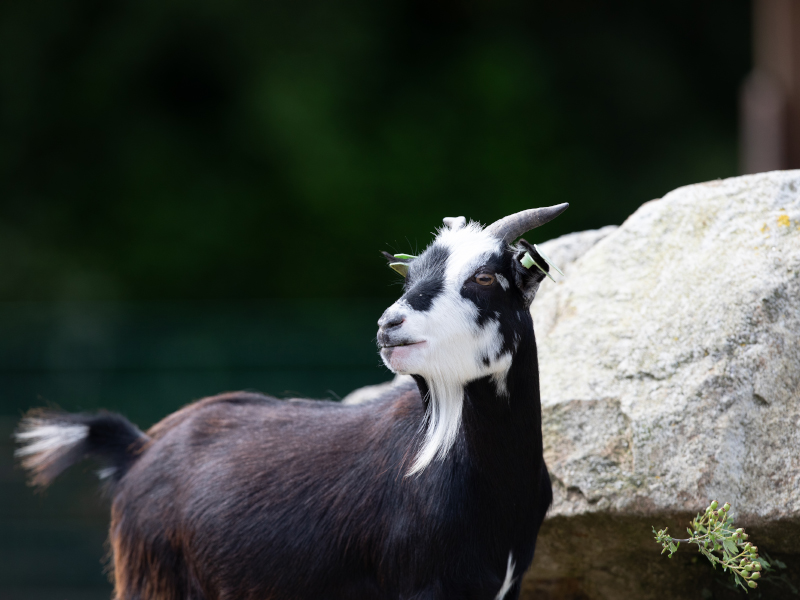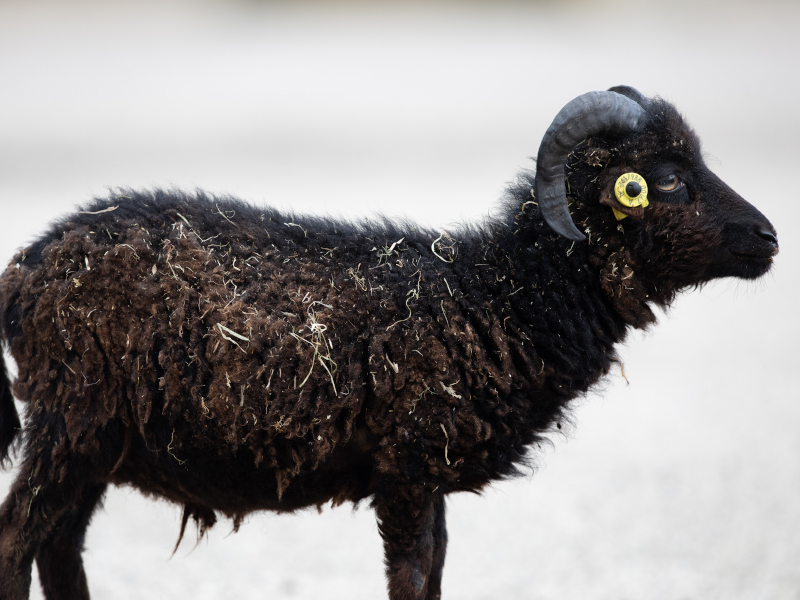Azara’s agouti are rodents from the order “Rodentia”.
They have speckled dark brown fur and a lighter underbelly. They have five digits on their dextrous forepaws, and only three digits on their hind paws.
Like all rodents, they have prominently large incisors, which are open rooted, meaning they grow continuously, throughout their lives.
Their vocalisation is a soft bark, which they use as an alarm when threatened. Agoutis are known to flee and hide in response to any potential danger.
Like many mammals, from the Amazon basin, they can swim, to avoid threats or to utilise new areas for foraging. Azara’s agouti are diurnal, however, because of their very shy temperament, they have not been extensively studied in the wild.

Popular Searches

Azara’s agouti
-
Introduction
-
Conservation
Data deficient for classification.
The International Union for Conservation of Nature (IUCN) have listed the Azara’s agouti as data deficient as there is an uncertainty on the distribution of the species.
It is suspected that they are threatened due to habitat loss*
*IUCN, 2016 -
Habitat
The Azara’s agouti range across Brazil, Paraguay, and Argentina where they live on the forest floor. They will use hollowed out trees or burrows to build nests.
-
Fun Facts
They are one of the only animals capable of opening a Brazil nut, by using their impressively strong teeth and powerful bite to crack through the shell. Agouti will bury seeds to eat later, any of the seeds they forget to go back for will sprout a year later to become a Brazil nut tree.
Agoutis are monogamous, meaning that the male and female will pair for life. They will build a nest together. After a gestation of approx. 3 months, agouti typically give birth to litters of 2-4 well developed pups. Pups are born with fur covering their bodies and eyes open, which would not be typical of all other rodents.

















